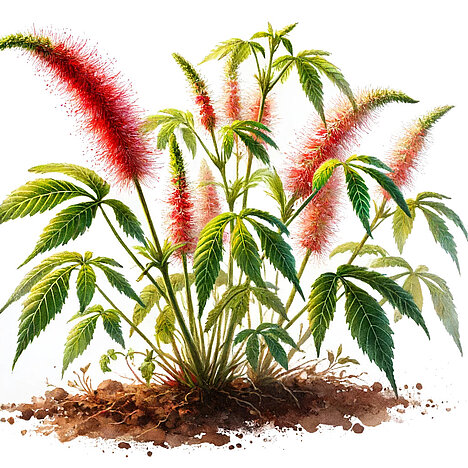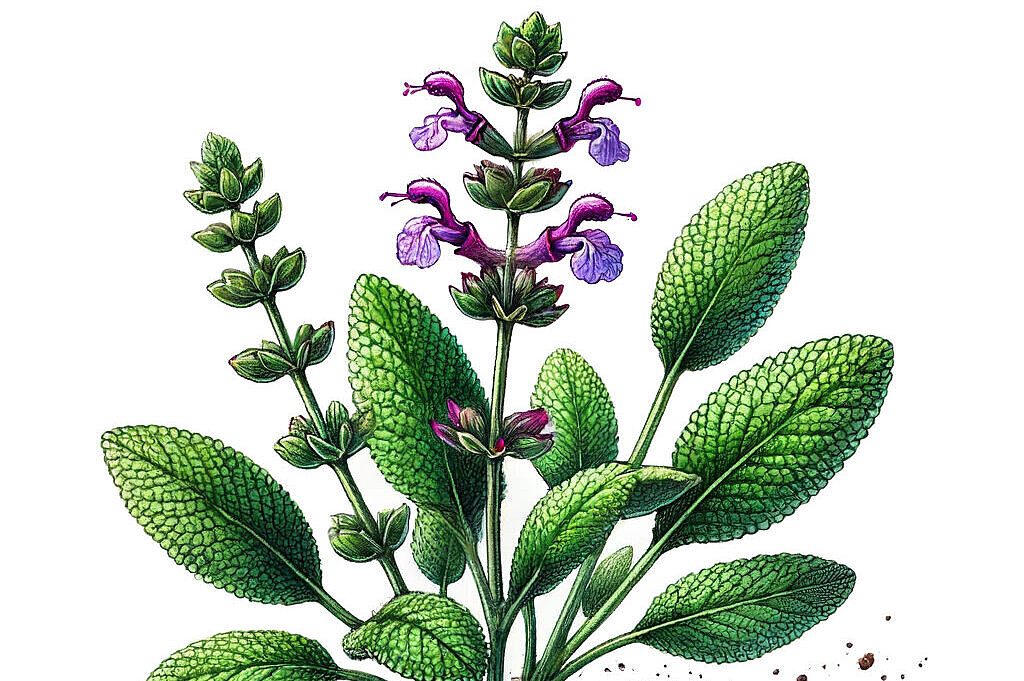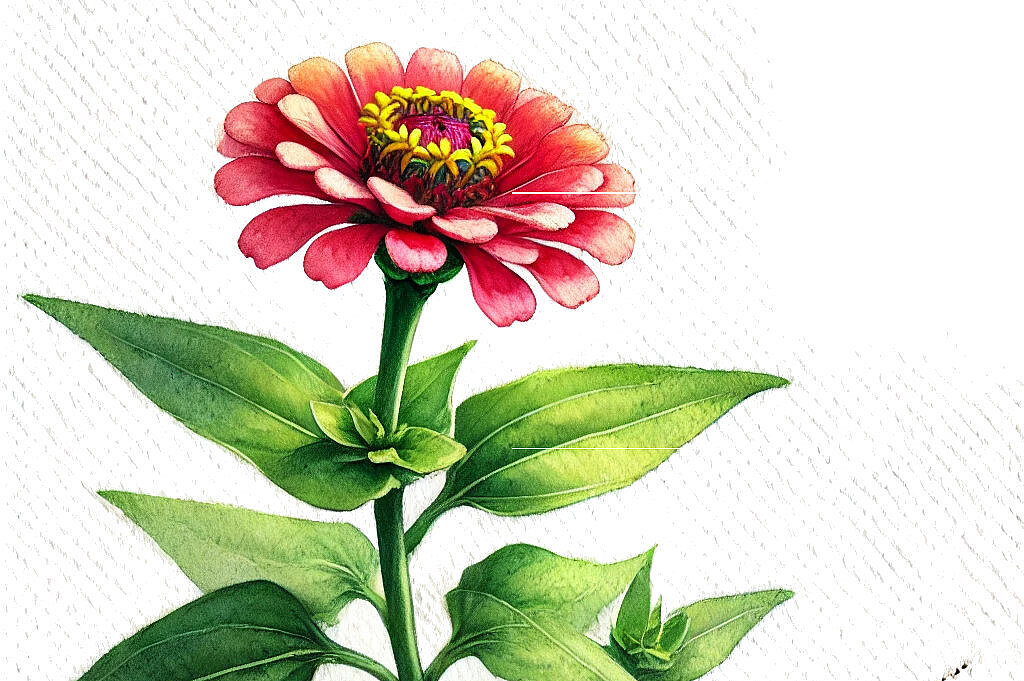Cattails

What is cattail?
Cattail(Acalypha reptans), often known as dwarf acalypha or miniature fire dragon, belongs to the spurge family(Euphorbiaceae). It is a ground-covering perennial known for its bright green leaves and showy, cattail-like inflorescences, which can appear in a variety of colors such as red, pink or orange. Originally native to tropical and subtropical regions, it is cultivated worldwide as an ornamental plant in gardens and homes.
Advantages of cattails in the dog garden
Aesthetic enrichment
With its vibrant colors and unusual flowers, cattail can be a visual addition to any garden and provides an attractive backdrop for outdoor play and relaxation with your dog.
Attracting pollinators
The plant attracts a variety of pollinators such as bees and butterflies, which contributes to the health of the garden and creates a dynamic environment for dogs who enjoy spending time outdoors observing nature.
Disadvantages and potential dangers
Toxicity risk
Despite its decorative appearance, cattail belongs to the spurge family, which is known for its potential toxicity. The sap of the plant can cause skin irritation, and eating the leaves or flowers can cause gastrointestinal problems in dogs.
Allergy potential
Like many ornamental plants, cattail can cause allergic reactions in dogs, especially in sensitive individuals. Symptoms may include reddening of the skin, itching or breathing problems.
Important safety tips
- Plant positioning: Place cattails in areas that are less accessible to your dog to avoid accidental contact or ingestion.
- Observation: Watch for signs of intolerance or allergic reactions in your dog and act accordingly by removing the plant or keeping your dog away.
- Inform yourself: Know the symptoms of potential poisoning and keep your vet's contact details to hand in case of an emergency.
The cattail is an attractive addition to the garden, attracting attention with its bright colors and unique flowers. However, it is important for dog owners to consider the potential toxicity and allergy risk of this plant. With careful placement and monitoring, the risk to dogs' health can be minimized, ensuring both the beauty of the plant and the safety of the four-legged family members. Ultimately, a well-informed decision based on knowledge of your dog's specific needs and sensitivities is the key to a harmonious coexistence of garden plants and pets.
If you notice any signs of hypersensitivity or poisoning in your dog, you should see your vet immediately. We are not a substitute for a vet, but we try to be as accurate as possible. Every dog reacts differently and we recommend you get a second opinion or consult your vet if in doubt.
Stay healthy and take good care of your four-legged friend!😊
Similar to Cattails
Snapdragons belong to the Plantaginaceae family and come in a variety of colors, from soft pastels to bright primary colors. These plants are popular not only for their appearance, but also for their...
Sage (Salvia officinalis) is a plant from the labiate family. It is native to Europe and the Mediterranean region and has been used in cooking and as a medicinal plant since ancient times. Sage is a...
Verbena is a genus of around 250 plant species from the verbena family. The best-known species is verbena officinalis, which is native to Europe, Asia and North Africa. Verbena has an upright stem...
Zinnias belong to the Asteraceae family and are known for their vibrant colors and variety of flower shapes. Originally from Mexico, they have established themselves as popular ornamental plants in...



